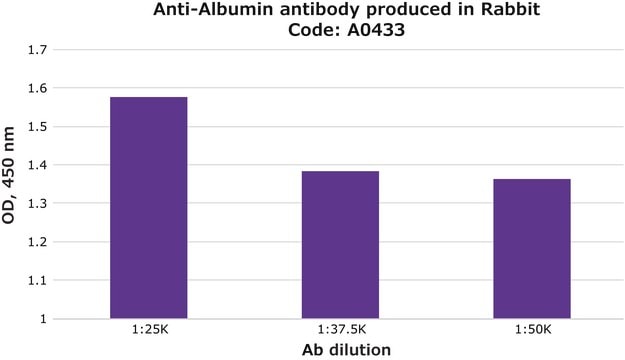MABC1176
Anti-Bax Antibody, clone 6A7
from mouse
Sinónimos:
Apoptosis regulator BAX, Bcl-2-like protein 4, Bcl2-L-4
About This Item
Productos recomendados
biological source
mouse
Quality Level
antibody form
purified antibody
antibody product type
primary antibodies
clone
monoclonal
species reactivity
human
species reactivity (predicted by homology)
mouse (based on 100% sequence homology), rat (based on 100% sequence homology)
packaging
antibody small pack of 25 μg
technique(s)
immunofluorescence: suitable
immunoprecipitation (IP): suitable
western blot: suitable
isotype
IgG1
UniProt accession no.
target post-translational modification
unmodified
Gene Information
human ... BAX(581)
General description
Specificity
Immunogen
Application
Apoptosis & Cancer
Immunofluorescence Analysis: A representative lot detected Bax in Immunofluorescence applications (Xin, M., et. al. (2014). Nat Commun. 5:4935).
Immunoprecipitation Analysis:A representative lot detected Bax in Immunoprecipitation applications (Xin, M., et. al. (2014). Nat Commun. 5:4935; Hsu, Y.T., et. al. (1998). J Biol Chem. 273(17):10777-83).
Quality
Immunoprecipitation Analysis: A 1:250 dilution of this antibody detected Bax in THP-1 cell lysates.
Physical form
Storage and Stability
Other Notes
Disclaimer
¿No encuentra el producto adecuado?
Pruebe nuestro Herramienta de selección de productos.
Optional
Storage Class
12 - Non Combustible Liquids
wgk_germany
WGK 1
flash_point_f
Not applicable
flash_point_c
Not applicable
Certificados de análisis (COA)
Busque Certificados de análisis (COA) introduciendo el número de lote del producto. Los números de lote se encuentran en la etiqueta del producto después de las palabras «Lot» o «Batch»
¿Ya tiene este producto?
Encuentre la documentación para los productos que ha comprado recientemente en la Biblioteca de documentos.
Nuestro equipo de científicos tiene experiencia en todas las áreas de investigación: Ciencias de la vida, Ciencia de los materiales, Síntesis química, Cromatografía, Analítica y muchas otras.
Póngase en contacto con el Servicio técnico